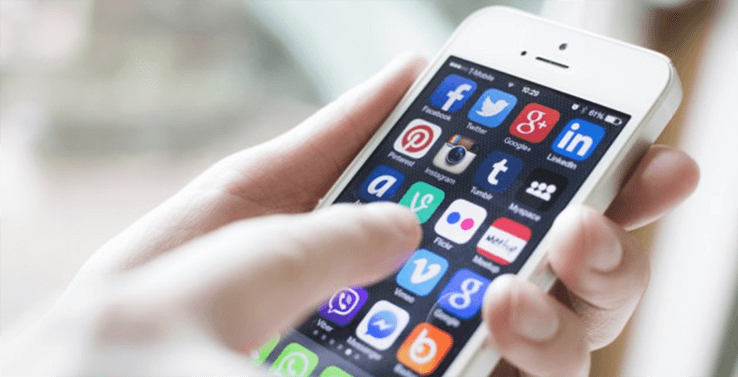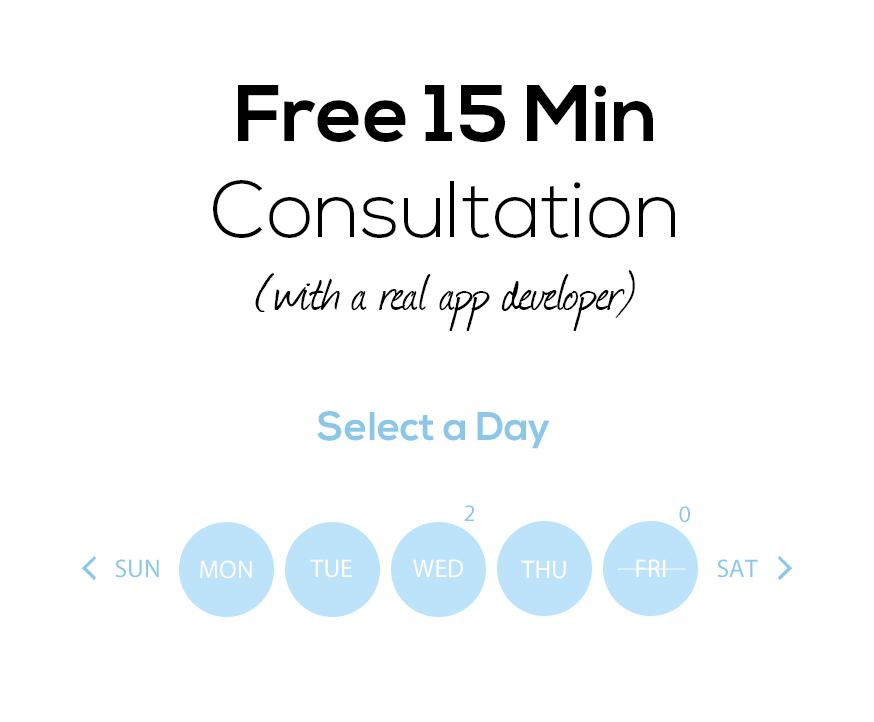How to Make Money Creating Apps – Tips And Tricks Of The Trade
While having a solid monetization method is crucial, I review how to get startup funding in this video.
If you’re a developer or entrepreneur ready to tap into this lucrative and burgeoning market, you may be wondering how to make money creating apps. In this article, we’ll be answering the million dollar question by highlighting some of the top avenues in which mobile apps are earning the big bucks.
How To Make Money Creating Apps
While you may be eager to get to your destination—a successful app earning millions—slow your roll! Creating an app and making money from it can be a lengthy process and involves several crucial steps to ensure success, such as conducting market research, hiring the right team of talent, putting together mockups and wireframes, developing the app, testing, and finally, launching your mobile app.
Giving due time to each of these steps and hiring the right team of professionals that can make it happen is certainly important, but if you want to make money creating apps, there’s more to it than you might think.
Just because you have a beautiful-looking app that functions perfectly does not necessarily mean it will generate revenue. Keep in mind that users spend the majority of their mobile time on apps—90%, in fact. Whether it’s gaming, social media, news or entertainment, consumers are using mobile apps.

Locking in Your User
The key is to develop an app that will peak user interest and ultimately lead to downloads. How you can start making money from those users, we’ll cover in the next section. For now, let’s think about the user experience and how that can translate to dollars.
Users prefer using a mobile app over a mobile website because it’s faster, their settings are stored, and apps overall have more personalized content, but the number one reason users prefer using an app is due to convenience.
If you want your app to be successful—that is, make money—the key is to deliver a seamless user experience. Just like with any business, you want your users happy, which will keep them coming back.
Let’s look at a few mobile experiences customers care about:
- Speed—Did you know that loading time can have a significant effect on user experience? While there are several factors that contribute to mobile app speed, such as utilizing optimized images and videos, choosing the right server, caching content, and more, a slow app can lead to a drop in customers, so don’t let it happen.
- Checkout Process—More and more users are making purchases using their mobile device. In fact, 62% of smartphone owners have bought something on their phones in the past six months. Creating a seamless checkout process for those who want to buy your product is essential. One way to do this is to allow in-app purchases using an App Store, Google Play, or PayPal account rather than having to manually type in a credit card number.
- Simple Design—While it may be tempting to offer something new and snazzy, keep your app designs simple and easy to use. This includes things like using a minimalistic design approach and sticking with conventional mobile app icons (such as a standard hamburger menu for navigation, using a phone icon for contact, etc)—basically, you want users to understand what the icons mean. Don’t switch things up on them for the sake of uniqueness or creativity, as tempting as that may be.
- Keep your App Consistent—Keep the UI (user interface) of your app consistent—this includes things like having your logo and header design the same on all pages—so that trust is maintained with your users. If there is any deviation from your brand’s “look”, users may not feel confident making purchases.
- Search Feature—Implementing a search feature in your app’s design is a great way for users to find what they need quickly. Having easy navigation and an overall solid search infrastructure will help enhance the user experience.
- Testing—The surest way to test your mobile app usability and user experience is by performing testing. This will provide valuable feedback which can help you further improve your app

How To Make Money Developing Apps
So how exactly do apps make money? Do they make it from user downloads, in-app purchases, advertisements? The truth is, there is a whole host of avenues app creators can take to start earning revenue. Let’s take a look at a few of the most popular, but first…
Free Vs Paid Mobile Apps
While you may think that paid apps are the way to go, keep in mind that there is a reason 90% of apps are free on the Apple Store. Paid apps will obviously earn you money through downloads as opposed to free apps, but this only works if you have a loyal user base that perceives your app as valuable and worth buying.
Most users, however, do not want to pay for an app before they’ve had the chance to try it out. With all of the apps out there on the market, users like downloading many apps and trying several out before keeping them, even if an app has great reviews.
So how do free apps make money? Here are a few of the top methods for app monetization:
Advertising
Advertising is huge in the app industry, and it’s also one of the easiest monetization methods to implement. So how does it work? There are four ways that advertisements can be implemented in an app:
1. Banner Ads: While banner ads can come in a variety of shapes and sizes, they are traditionally situated at the top or bottom of the mobile screen. These types of ads are also considered to be less intrusive on the user experience than, say, pop-up ads.
2. Interstitial Ads: Unlike the more subtle banner ads, interstitial ads are full-screen pop up ads that can be closed by the user with a button situated on the upper corner of the ad. These ad types can be triggered at specific times in the user app experience.
3. Video Ads: Video ads are played automatically on the screen and are often used as an incentive video for some in-app reward. For example, a user might be presented with a video that will reward them with extra points if they watch the video.
4. Native Ads: These ad types are more subtle and are intended to appear to users as a more natural app element. It’s typically displayed in order to promote an app or product

In-App Purchases
In-app purchases is another widely popular method for monetizing an app. This involves users making purchases within the app itself, such as unlocking additional features or content, buying extra points, and the like. Essentially, they provide users the ability to purchase virtual products without having to leave the app, which is a big money maker for mobile apps.
This strategy is most utilized by gaming apps since it makes sense for them to offer upgrades to the game, extra features, points, coins, and other digital currencies to users. This allows users to download the app for free, but make in-app purchases if they like the app and want access to more content in a non-intrusive manner.
Selling Merchandise
This is a particularly popular strategy for e-commerce businesses who will offer a free mobile application to users which will allow them to easily browse and purchase merchandise from the app. This could be any physical product, such as toys, clothing, shoes, etc.
This is also a great monetization method for banks, for example, who offer a seamless, easy-to-use mobile banking app for customers which can lead to more purchases, such as a new savings or checking account.
Subscriptions
The subscription model is particularly lucrative for apps that deliver content to a loyal user base—such as newspaper or magazine publishers. They can offer users a free app, but also a paid subscription in order to receive content. This method is very similar to traditional physical subscriptions like a newspaper being delivered to your door.
Businesses can offer a subscription plan that includes a single issue daily, monthly, or annually, and some may offer discounts depending on the length of subscription.
Paid Apps
As mentioned earlier, paid apps can be a tough way to make money, but they’ve actually proven to be a successful monetization strategy for specific businesses, such as popular software companies or businesses offering convenient services, such photo and video editing apps.
If you have a unique app that offers something truly exceptional to users, offering a paid version with a free-trial period could be the way to go when going head-to-head with the hundreds of free apps out there.
Just to give you an idea, here are the top free apps vs the top paid apps as of 2019 in App Store:

As you can see, apps like social media and games are more likely to be free, whereas niche or specialty apps, like Scanner Pro or Facetune selfie editor are paid.
Bottom Line
As apps and technology evolve, so too will the methods used to make apps money. The important thing is to take your time moving through the app development process to ensure a seamless user experience, and then evaluating the best monetization strategy for your particular business.
The good thing is, you can always try one method, test it out, and opt for a different one down the road to see how they compare.
Having technical documentation for your app, ideas, and features is just one step offered by our Simple Starter package and is key to setting your app up for success.




Your inbox wants some love.
Stay informed with Webiotic latest










0 Comments